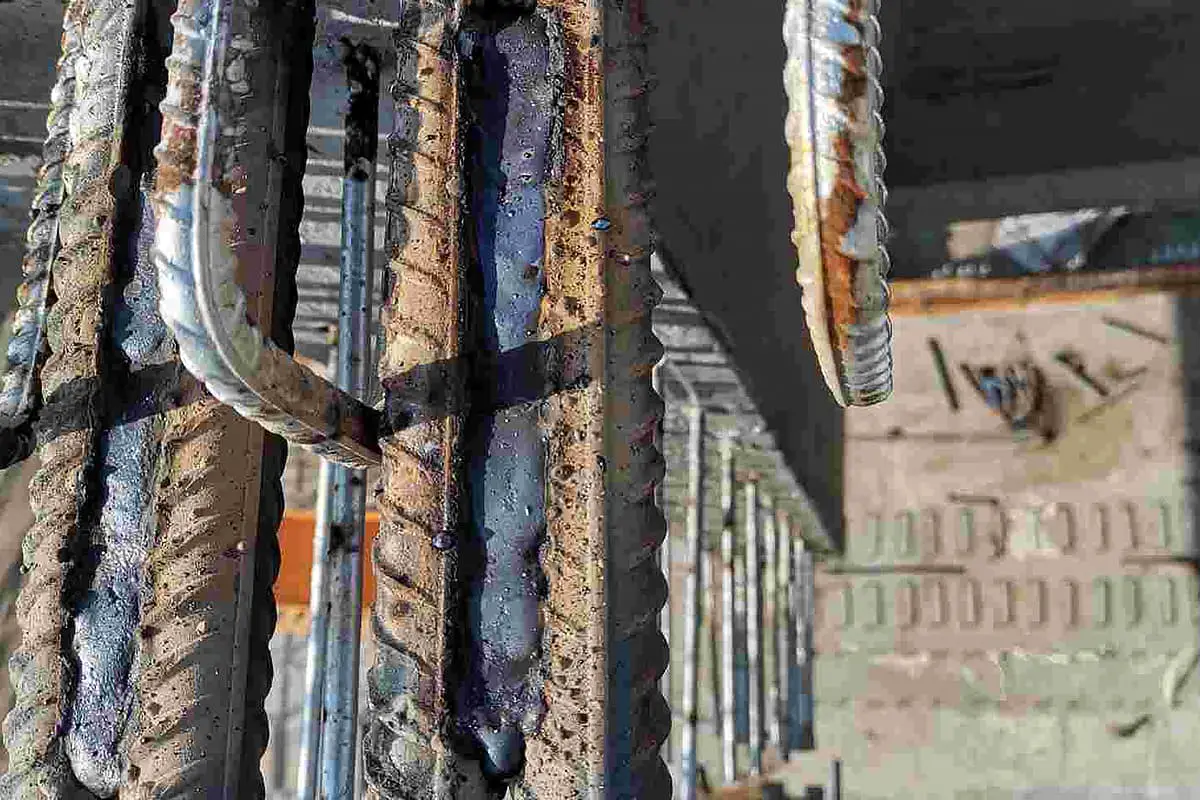Ultimate Overview to Preventing Weld Undercut: Tips and Techniques
Ultimate Overview to Preventing Weld Undercut: Tips and Techniques
Blog Article
Recognizing the Causes and Solutions for Undercut Welding in Steel Fabrication Processes
In the realm of metal manufacture procedures, the event of undercut welding presents a substantial challenge that demands an extensive understanding of its causes and feasible remedies. The detailed interaction of various elements during welding operations can cause this unfavorable sensation, affecting the architectural stability and total top quality of the bonded joints - Preventing weld undercut. By studying the origin creates of undercut welding and discovering efficient restorative procedures, producers can boost the criterion of their handiwork and make certain the manufacturing of perfect metal components
Common Reasons For Undercut Welding
Often forgotten in steel fabrication, undercut welding occurs due to different aspects that require thorough attention and proficiency to be properly mitigated. Additionally, improper welding methods, such as utilizing the incorrect welding angle or take a trip speed, can additionally contribute to damage development. The selection of welding parameters, such as voltage, current, and wire feed rate, plays a substantial duty in the event of undercut welding.
Influence of Incorrect Welding Parameters
Inaccurate welding parameters can significantly compromise the honesty and top quality of bonded joints in steel fabrication processes. The influence of wrong welding criteria materializes in different ways, leading to architectural weak points and defects in the welded components. One important element influenced by inappropriate welding specifications is the penetration depth of the weld. Not enough warm input due to low welding currents or exceedingly high travel speeds can result in poor combination between the base steels, causing incomplete joint infiltration and deteriorated bonds. On the other hand, extreme heat input triggered by high welding currents or sluggish travel rates can result in burn-through and excessive reinforcement, creating a weak and unsteady weld framework. Furthermore, wrong specifications such as improper voltage settings or wrong electrode angles can add to unpredictable weld grain profiles, absence of fusion, and boosted chances of flaws like undercutting. As a result, careful attention to welding specifications is paramount to make sure the manufacturing of top notch welds with the wanted mechanical residential or commercial properties and architectural honesty.
Effect of Improper Torch Angle
Improper torch angle in welding operations can significantly influence the top quality and honesty of the last weld joints in metal fabrication procedures. The lantern angle plays an important duty in determining the heat input and circulation during welding. When the lantern angle is inaccurate, problems such as undercutting can arise. Damaging is a typical welding problem where a groove forms along the weld toe, damaging the joint and jeopardizing its architectural stability.
A lantern angle that is too steep can lead to inadequate infiltration, incomplete combination, and increased spatter. On the various other hand, a lantern angle that is as well shallow can lead to too much penetration, burn-through, and distortion of the base material. Preventing weld undercut. Correct torch angle is necessary for ensuring constant weld top quality, strength, and look
To stop undercutting and various other issues caused by incorrect lantern angles, welders must be trained to preserve the proper torch angle throughout the welding process. Routine surveillance and change of torch angles during welding can assist accomplish audio welds linked here with minimal problems.
Function of Inadequate Welding Methods

Another element of insufficient welding strategies is inappropriate weld prep work. Inadequate cleaning of the base metals, incorrect joint design, or insufficient edge preparation can all add to damage welding. Insufficient protecting gas protection or utilizing the wrong type of gas can result in incomplete blend and the development of undercut issues.
To attend to the duty of inadequate welding techniques in steel manufacture procedures, it is necessary to give thorough training for welders. Correct education and learning on welding specifications, joint preparation, and shielding gas option can aid stop undercut welding and make sure premium welds in metal manufacture tasks.
Efficient Solutions for Undercut Welding
Dealing with undercut welding in steel fabrication calls for carrying out effective solutions to boost weld high quality and structural stability. One of the key options to fight undercut is to readjust welding criteria such as voltage, present, and travel speed to ensure correct heat input and blend. By fine-tuning these settings, welders can protect against extreme melting of the base steel and filler material, reducing the chance of undercut formation.
In addition, appropriate joint prep work is important in avoiding undercut. Making sure tidy base metal surfaces devoid of pollutants and making use of the suitable bevel angle can aid promote much better weld infiltration and reduce the danger of undercut - Preventing weld undercut. Using suitable welding methods, such as oscillating the torch or weaving, can also help in dispersing warmth evenly and filling up the weld joint adequately, reducing the opportunity of undercut issues
Furthermore, choosing the right welding consumables, consisting of electrodes and filler metals, is crucial in mitigating undercut. Using materials with proper chemical make-ups and mechanical residential or commercial properties can contribute to accomplishing audio welds with marginal undercut. Normal examination and quality control measures ought to likewise be executed to find and address undercut concerns promptly, guaranteeing the total honesty of made steel elements.

Final Thought
In verdict, comprehending the causes and options for undercut welding in metal fabrication processes is Visit Your URL crucial for accomplishing top notch welds. By attending to typical causes such as incorrect welding criteria, inappropriate torch angle, and inadequate welding techniques, welders can protect against damaging and guarantee strong, resilient welds. It is important to take note of these variables and carry out efficient solutions to boost the general welding process and last product top quality.

Report this page